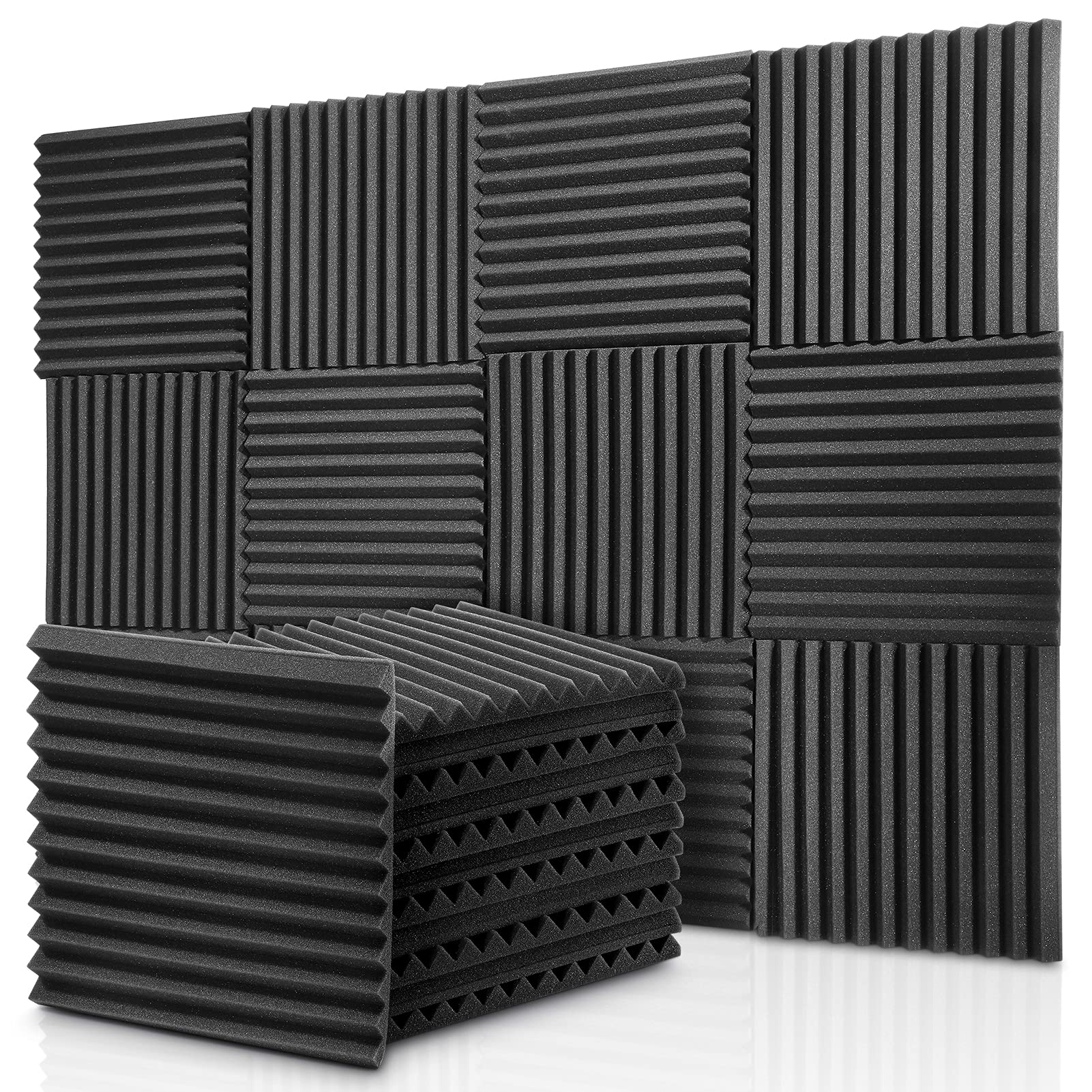Do Sound Absorbing Acoustic Panels Really Work? Your Top Questions Answered
Dealing with unwanted noise and echoes can significantly reduce your comfort and productivity, whether in a home studio, office, or commercial space. Sound absorbing acoustic panels have emerged as a popular solution to these common problems. But do they actually deliver on their promise? In this article, we'll answer your top questions, examine their effectiveness, and help you understand whether acoustic panels are the right choice for your space.

What Are Sound Absorbing Acoustic Panels?
Definition and Basic Function
Sound absorbing acoustic panels are specially designed materials that reduce echo and improve sound quality within a space by absorbing sound waves. Unlike soundproofing materials that prevent sound from leaving or entering a room, acoustic panels focus primarily on enhancing audio clarity by managing internal echoes.
Common Materials Used in Panels
Typical acoustic panels are made from porous and fibrous materials such as:
-
Foam (polyurethane or melamine)
-
Fiberglass
-
Mineral wool
-
Polyester fibers
These materials effectively trap sound waves, converting sound energy into small amounts of heat through friction.
Do Sound Absorbing Acoustic Panels Actually Work?
The Science Behind Acoustic Panels
Acoustic panels rely on the principle of sound absorption. When sound waves encounter the porous surfaces of the panel, they penetrate the material and dissipate as heat energy. According to the Acoustical Society of America, high-quality acoustic panels can absorb up to 85% of reflected sound waves, significantly reducing echo and reverberation within the space.
Real-Life Examples and Case Studies
Real-world evidence highlights their effectiveness:
-
A study conducted by the Audio Engineering Society found that properly installed acoustic panels could improve speech intelligibility in conference rooms by up to 60%.
-
Home recording studios consistently report improved audio clarity and fewer unwanted echoes when acoustic panels are installed.
Industry Expert Opinions and Quotes
John Anderson, a certified acoustic consultant, emphasizes: "Properly selected and positioned acoustic panels dramatically enhance the listening experience, whether for professional recording or simply clearer conversations in offices."
Top Questions About Sound Absorbing Acoustic Panels Answered
How Effective Are Acoustic Panels at Reducing Echo?
Acoustic panels are highly effective at minimizing echo. Their effectiveness, however, depends on:
-
Panel thickness and density (thicker panels absorb lower frequencies better)
-
Total surface area covered
-
Strategic placement on reflective surfaces
When these factors are optimized, echo reduction of up to 80% is common.
Can Acoustic Panels Completely Soundproof a Room?
Acoustic panels alone cannot fully soundproof a space. They absorb echoes and improve internal acoustics but do not block external noise entirely. To achieve full soundproofing, you'd need additional solutions such as mass-loaded vinyl, heavy insulation, or double-wall construction.
Where Should Acoustic Panels Be Installed for Best Results?
Optimal locations for acoustic panels include:
-
Directly opposite speakers or sources of sound
-
On parallel walls to interrupt sound reflections
-
On ceilings, especially in rooms with hard floors (e.g., wood or tile)
For maximum effectiveness, place panels at ear-level or at points where sound directly reflects toward listeners.
Choosing the Right Acoustic Panel for Your Needs
Factors to Consider (Material, Size, Thickness, Placement)
Selecting the best acoustic panel involves several key considerations:
-
Material: Fiberglass and mineral wool offer excellent absorption, while foam is lighter and easier to install but less durable.
-
Size and thickness: Larger and thicker panels absorb sound more efficiently, particularly lower frequencies.
-
Placement: Strategic placement enhances their effectiveness significantly—always position panels where they directly intercept sound reflections.
Tips for Maximizing Effectiveness
To get the most from your acoustic panels:
-
Space panels evenly throughout the room.
-
Combine different thicknesses for better frequency coverage.
-
Consider professional acoustic consultation for challenging spaces or specialized needs (e.g., home theaters or recording studios).
Conclusion
Sound absorbing acoustic panels indeed deliver tangible benefits by significantly reducing echo and enhancing sound clarity within any environment. While they're not a complete solution for soundproofing, their role in creating acoustically comfortable and functional spaces is invaluable.
We'd love to hear from you—have you tried acoustic panels in your home or office? Comment below, share your experiences, or subscribe to our newsletter for more practical acoustic tips and insights!

